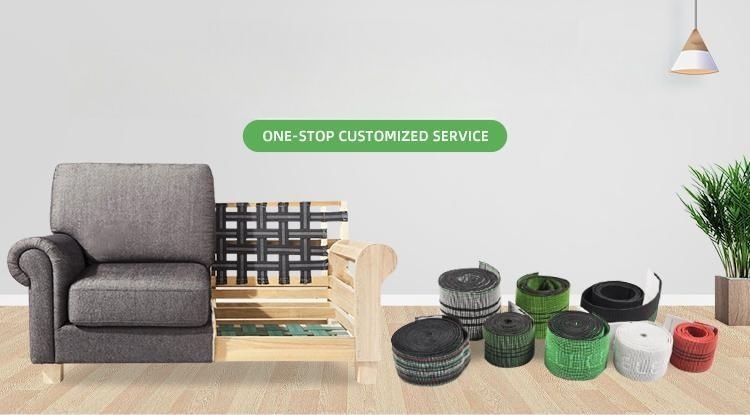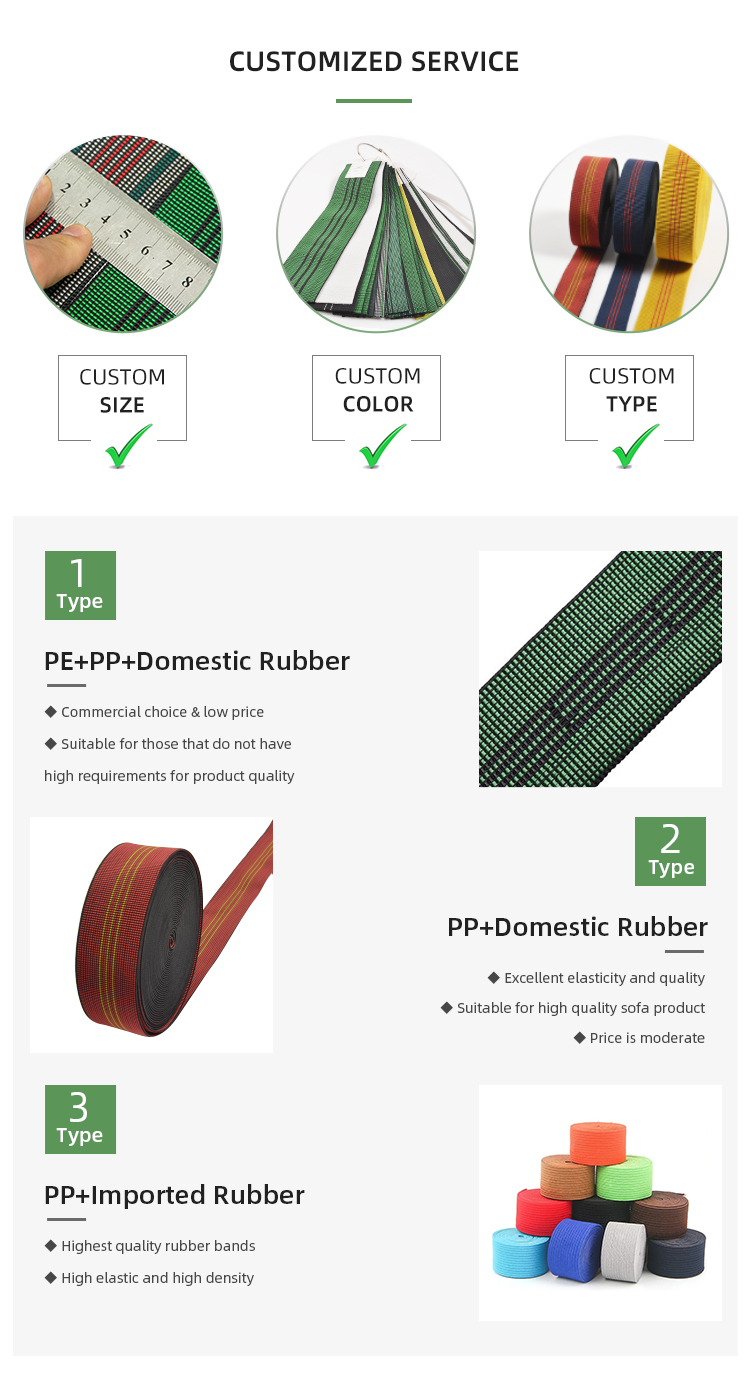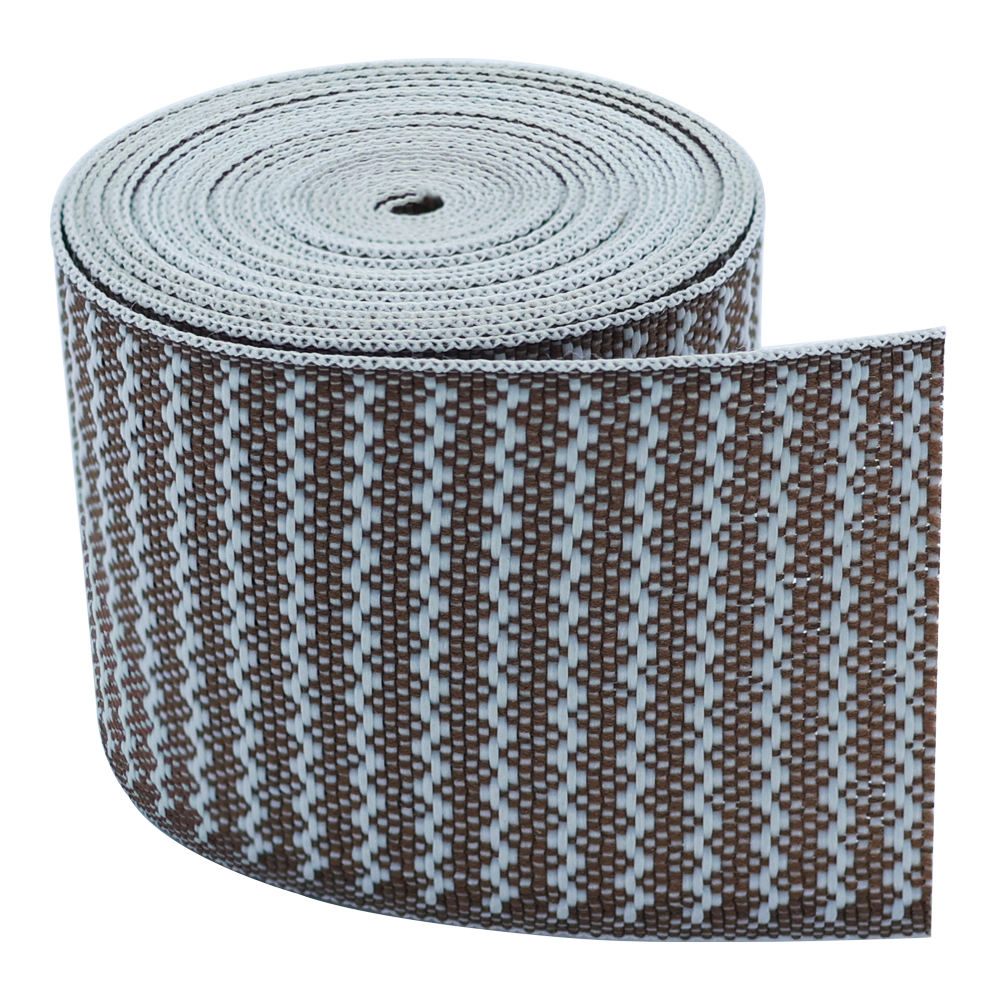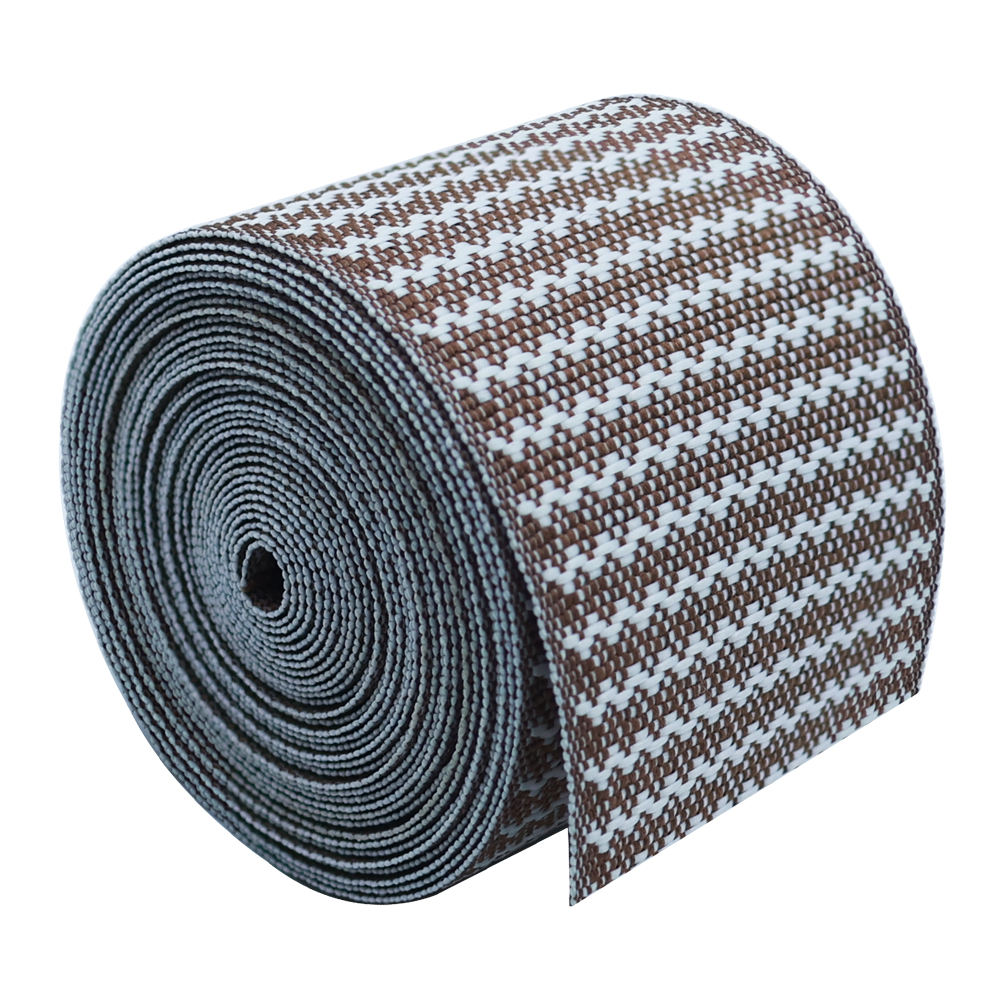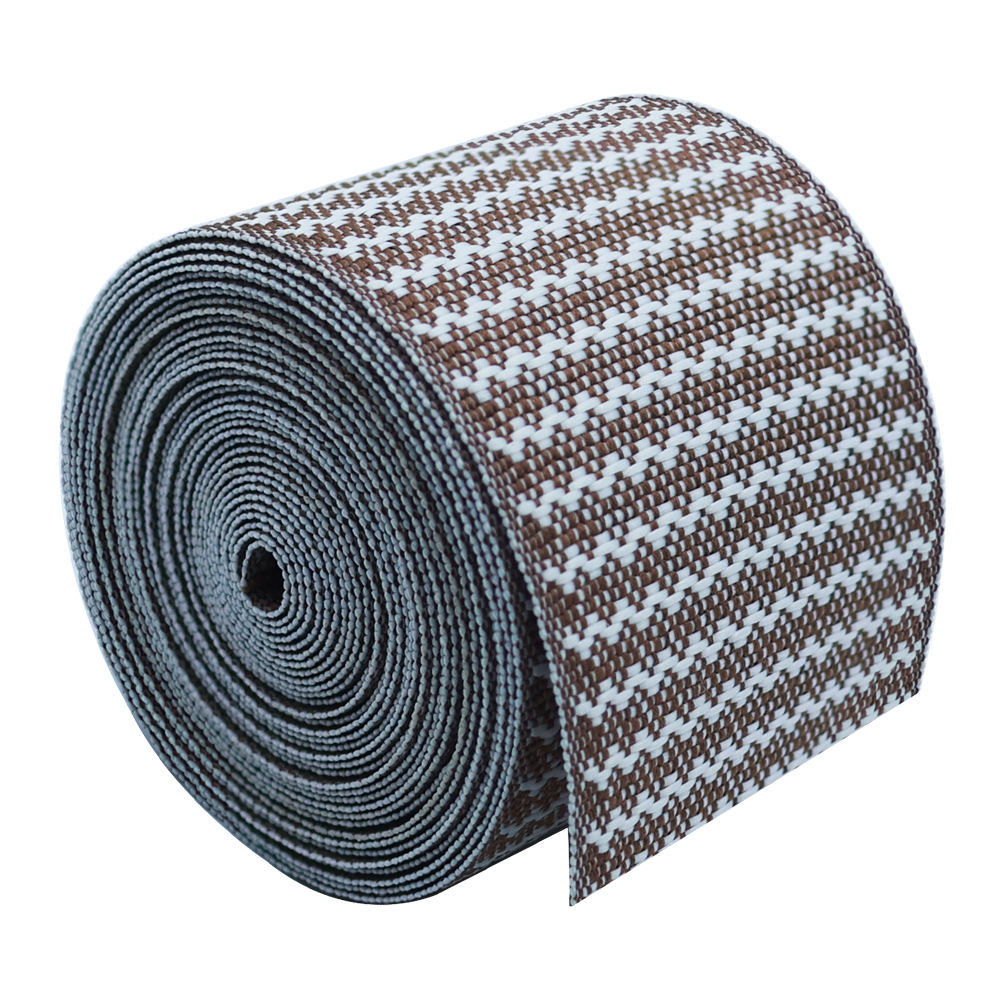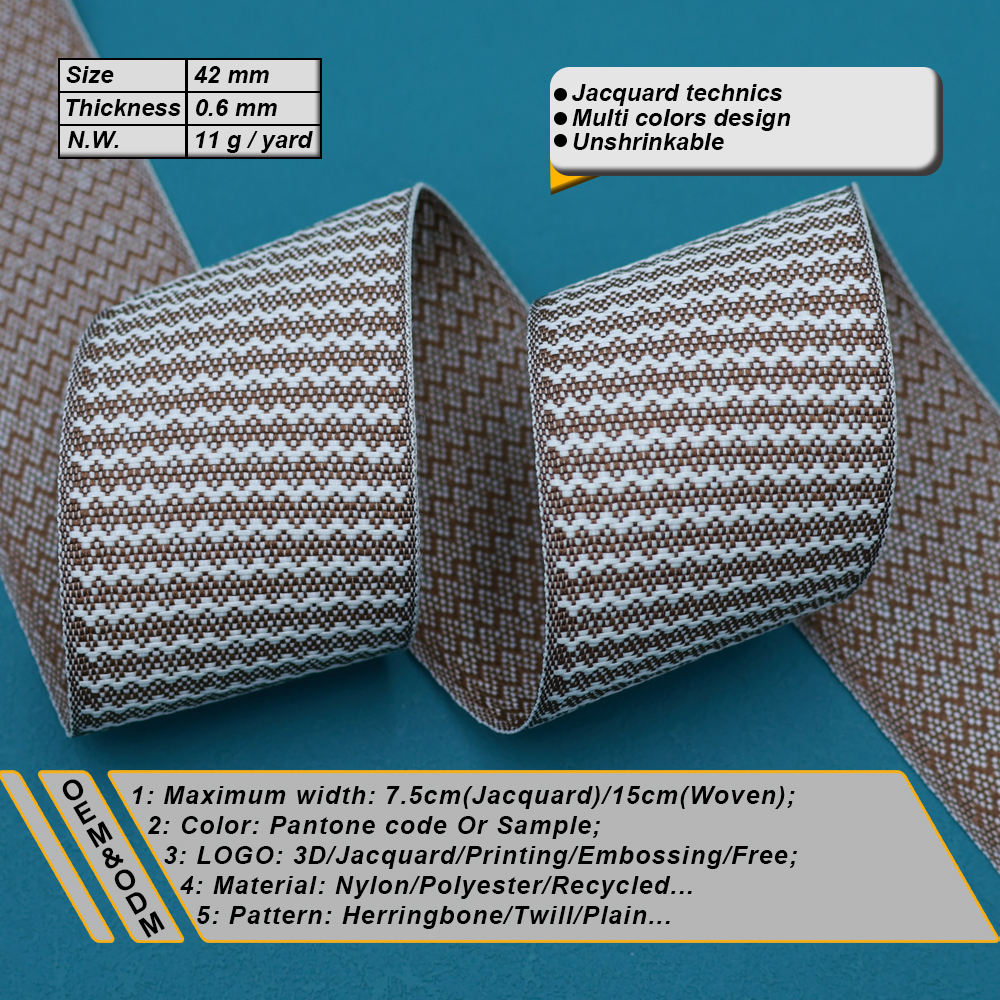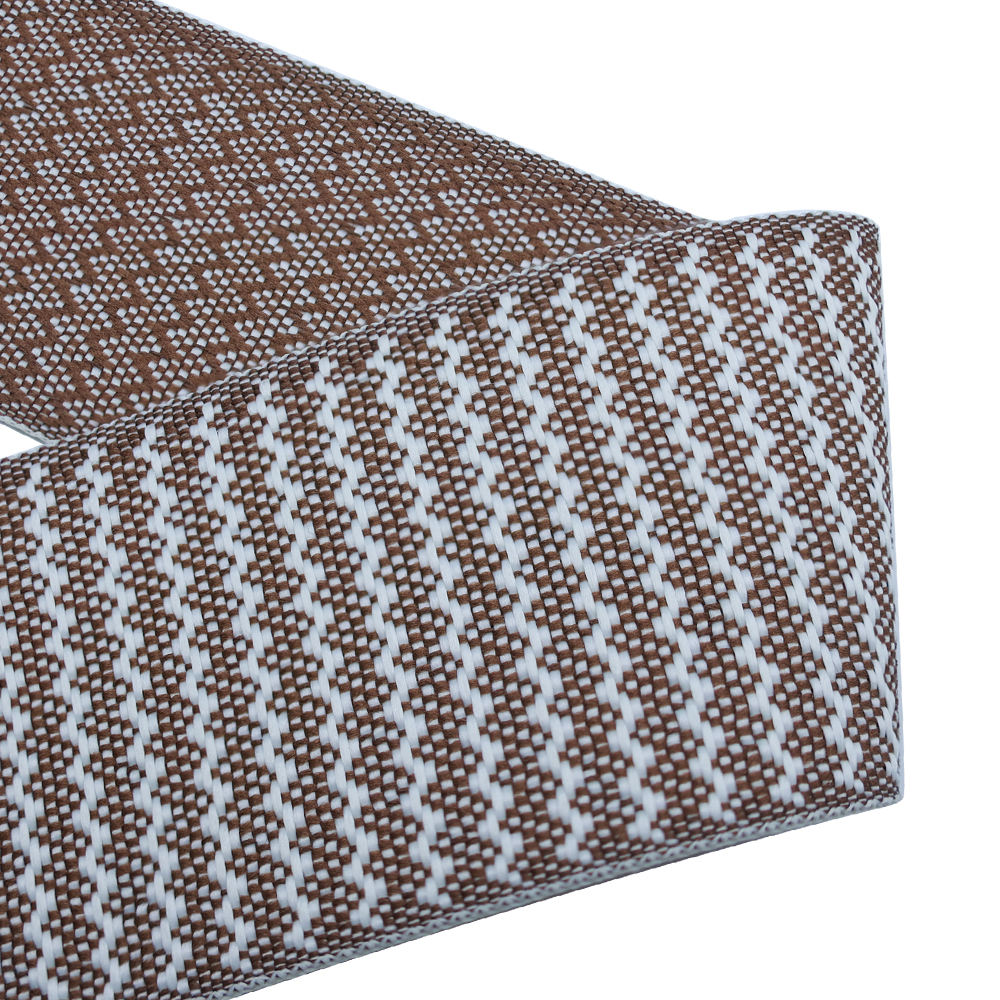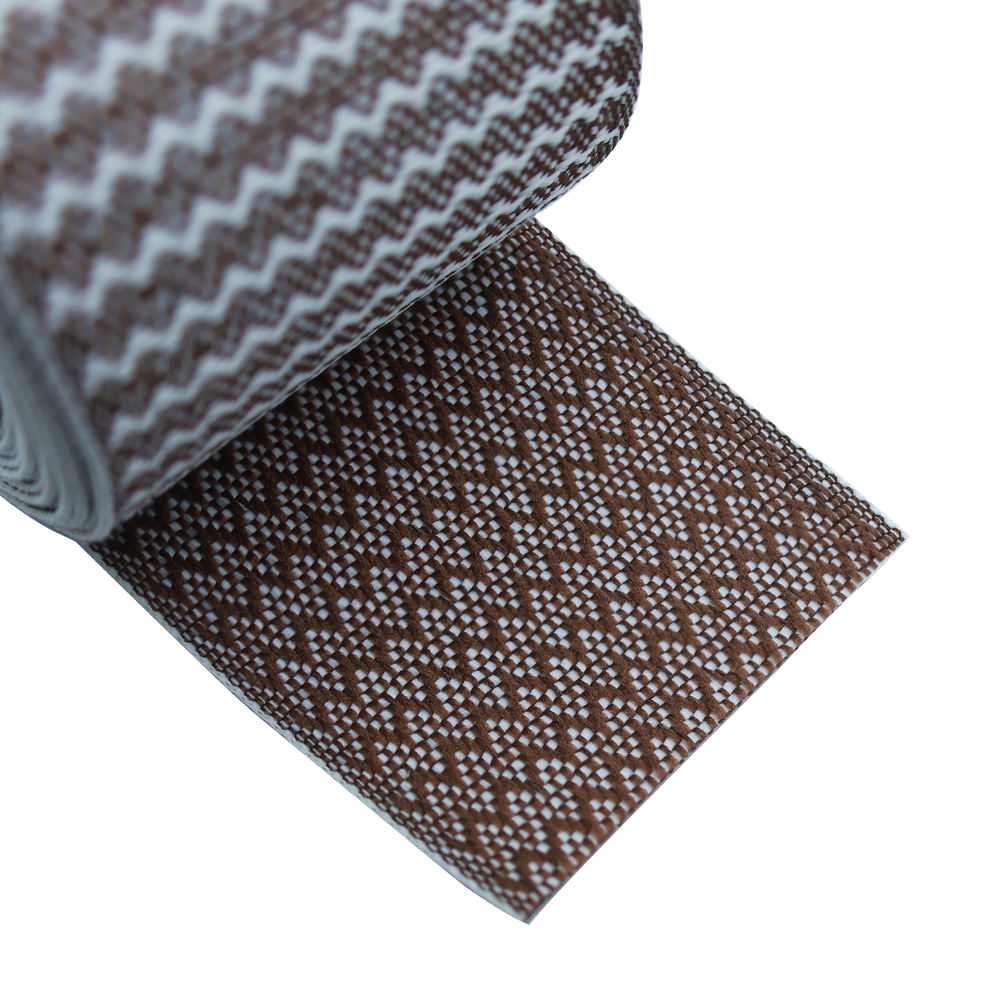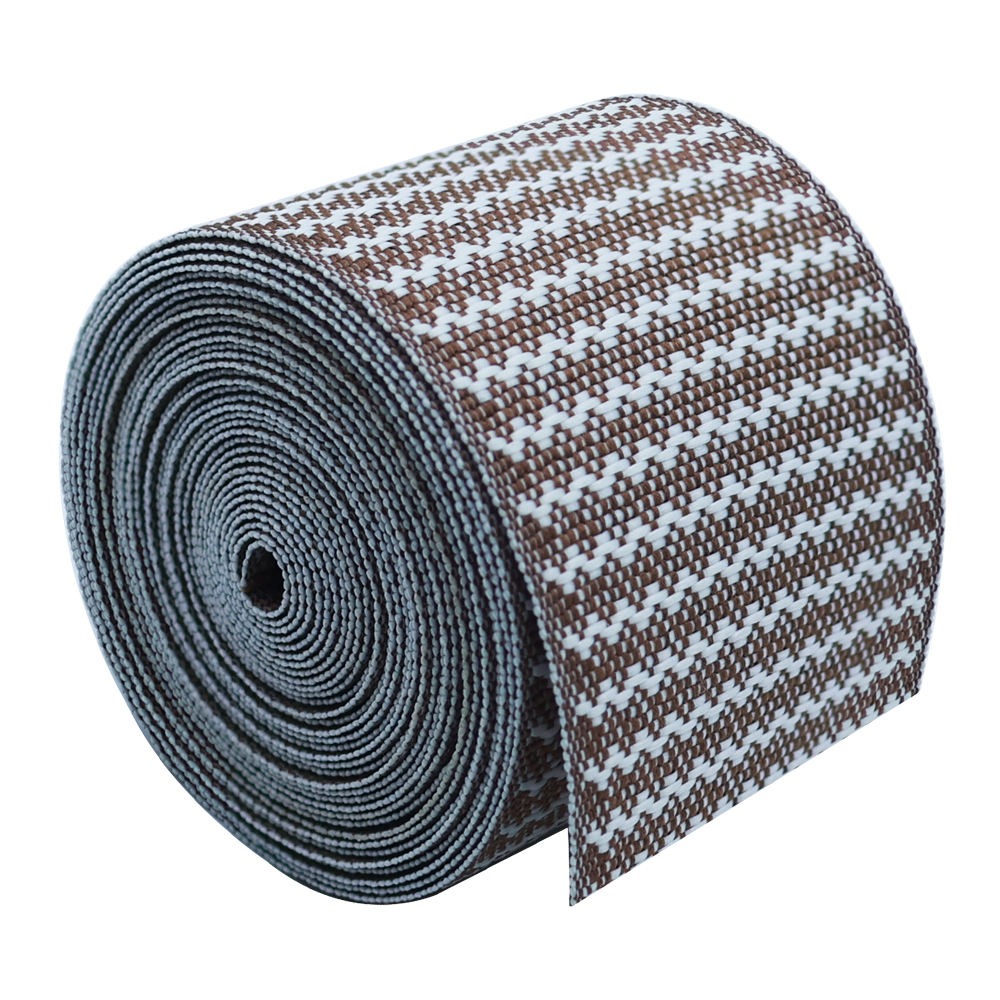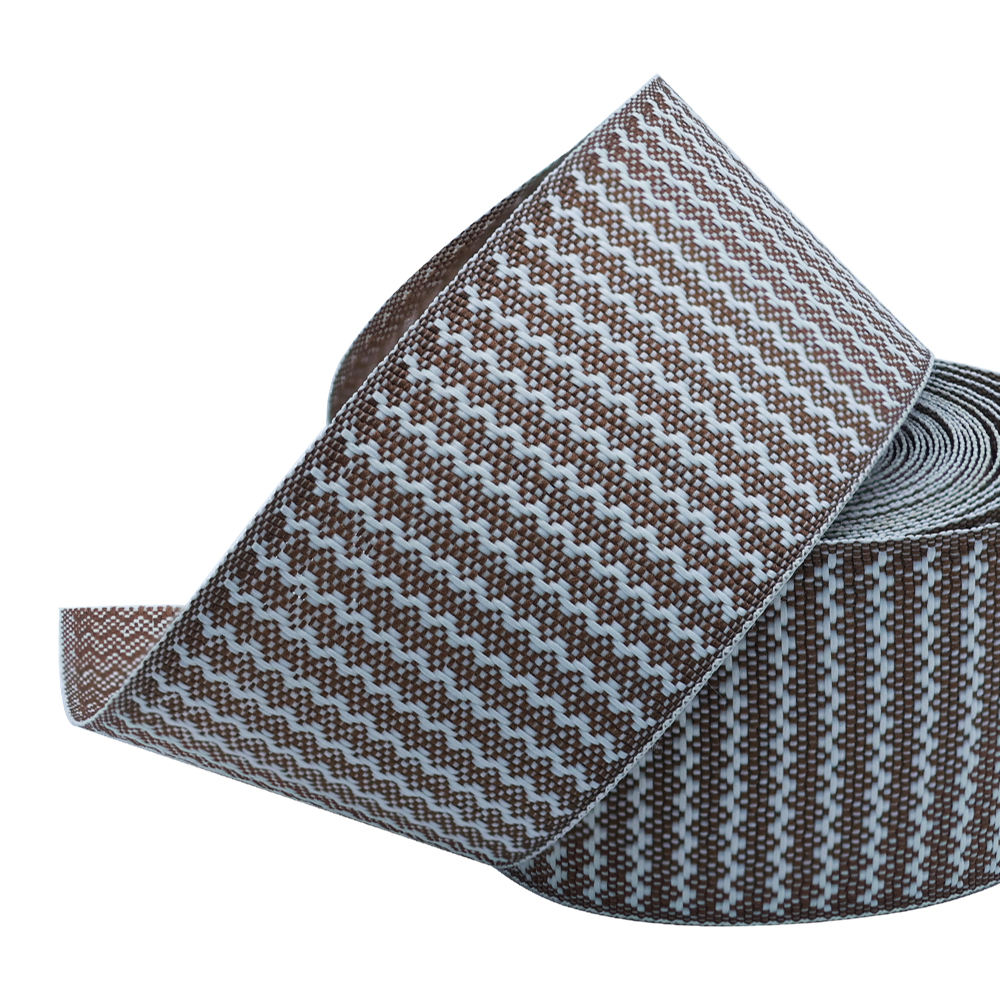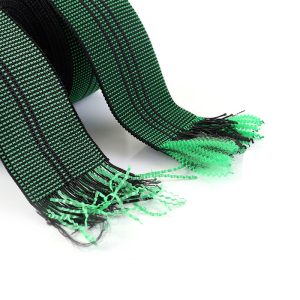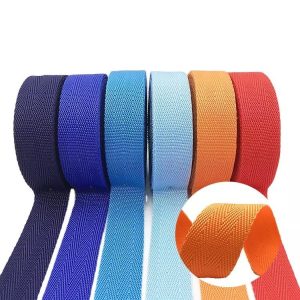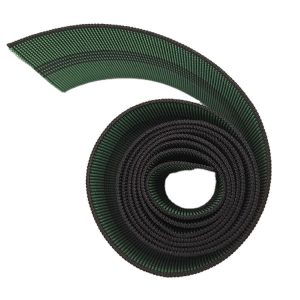Furniture webbing is a foundational element in upholstery, contributing to the support, comfort, and longevity of various seating and cushioned pieces. This specialized webbing, crafted from materials like jute, rubber, or synthetic fibers, plays a vital role in distributing weight and maintaining the shape of furniture.
The defining feature of furniture webbing is its ability to provide flexible yet sturdy support. It’s strategically woven or stretched across frames to create a supportive foundation for cushions and upholstery. By evenly distributing weight, it prevents sagging and ensures lasting comfort.
Furniture webbing comes in different types, including traditional woven webbing and elastomeric suspension webbing. Each type offers varying levels of support and flexibility, catering to different furniture designs and user preferences.
Durability is a key aspect, as furniture webbing must endure constant use and pressure. Its resistance to wear and the strain of regular sitting ensures that furniture retains its shape and structural integrity over time.
In summary, furniture webbing’s blend of support, durability, and customization options makes it an essential building block in upholstered furniture. It contributes to the comfort and long-lasting quality of sofas, chairs, and other cushioned pieces in residential and commercial spaces.
